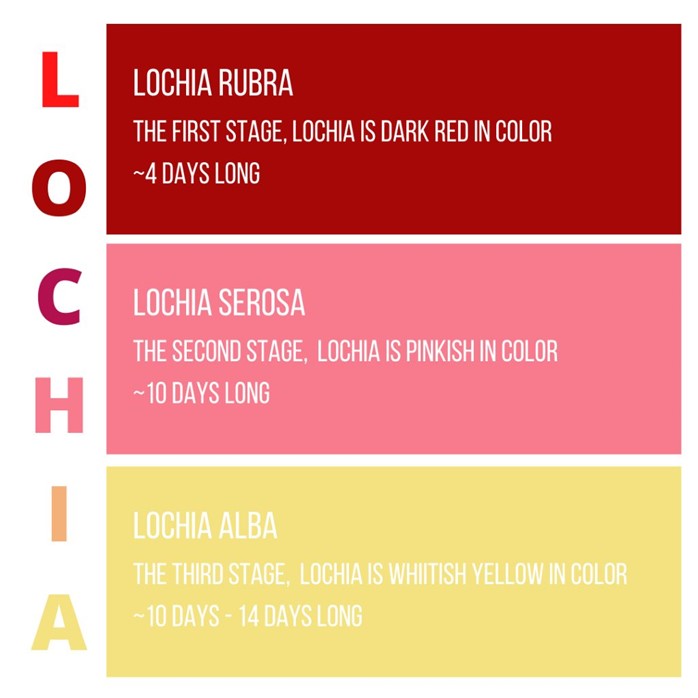Which assessment should the home health nurse include during a routine home visit for a client who was discharged home with a suprapubic catheter?
Observe insertion site.
Palpate flank area.
Measure abdominal girth.
Assess perineal area.
The Correct Answer is A
Choice A: Observing insertion site is an essential assessment for a client who has a suprapubic catheter. The insertion site is located in the lower abdomen, where urine drains from an opening in the bladder through a catheter into a drainage bag. The nurse should inspect the site for signs of infection, inflammation, bleeding, or leakage. The nurse should also clean the site with soap and water and apply a sterile dressing as needed.
Choice B: Palpating flank area is not a relevant assessment for a client who has a suprapubic catheter. The flank area is located on the sides of the back, where the kidneys are located. Palpating the flank area can detect tenderness or pain that may indicate kidney infection or stones, but it does not provide information about the suprapubic catheter or its function.
Choice C: Measuring abdominal girth is not a relevant assessment for a client who has a suprapubic catheter. The abdominal girth is the circumference of the abdomen at the level of the umbilicus. Measuring abdominal girth can detect changes in fluid balance, ascites, or bowel obstruction, but it does not provide information about the suprapubic catheter or its function.
Choice D: Assessing perineal area is not a relevant assessment for a client who has a suprapubic catheter. The perineal area is located between the anus and the genitals. Assessing perineal area can detect signs of infection, irritation, or injury in the genital or anal regions, but it does not provide information about the suprapubic catheter or its function.
Nursing Test Bank
Naxlex Comprehensive Predictor Exams
Related Questions
Correct Answer is C
Explanation
Choice C is correct because vitamin K can interfere with the anticoagulant effect of warfarin and increase the risk of clotting. The client should maintain a consistent intake of vitamin K from food sources, such as dark green leafy vegetables, to avoid fluctuations in the blood levels of warfarin.
Choice A is incorrect because increasing the intake of dark green leafy vegetables while taking warfarin can decrease the effectiveness of warfarin and increase the risk of clotting.
Choice B is incorrect because eating two servings of dark green leafy vegetables daily and continuing for 30 days after warfarin therapy is completed can cause unpredictable changes in the blood levels of warfarin and increase the risk of bleeding or clotting.
Choice D is incorrect because avoiding any foods that contain any vitamin K while taking warfarin can increase the sensitivity to warfarin and increase the risk of bleeding.
Correct Answer is A
Explanation
Choice A is correct because a distended bladder can displace the uterus and prevent it from contracting properly, leading to increased bleeding and risk of infection. The nurse should check for a distended bladder and assist the client to empty it if needed.
Choice B is incorrect because reviewing the hemoglobin is not a priority action. The hemoglobin may not reflect the current blood loss and may be done later.
Choice C is incorrect because massaging the uterus is not necessary if it is firm. Massaging a firm uterus can cause overstimulation and pain.
Choice D is incorrect because increasing intravenous infusion is not a priority action. The client may not need additional fluids if the bleeding is moderate and the vital signs are stable.

Whether you are a student looking to ace your exams or a practicing nurse seeking to enhance your expertise , our nursing education contents will empower you with the confidence and competence to make a difference in the lives of patients and become a respected leader in the healthcare field.
Visit Naxlex, invest in your future and unlock endless possibilities with our unparalleled nursing education contents today
Report Wrong Answer on the Current Question
Do you disagree with the answer? If yes, what is your expected answer? Explain.
Kindly be descriptive with the issue you are facing.
